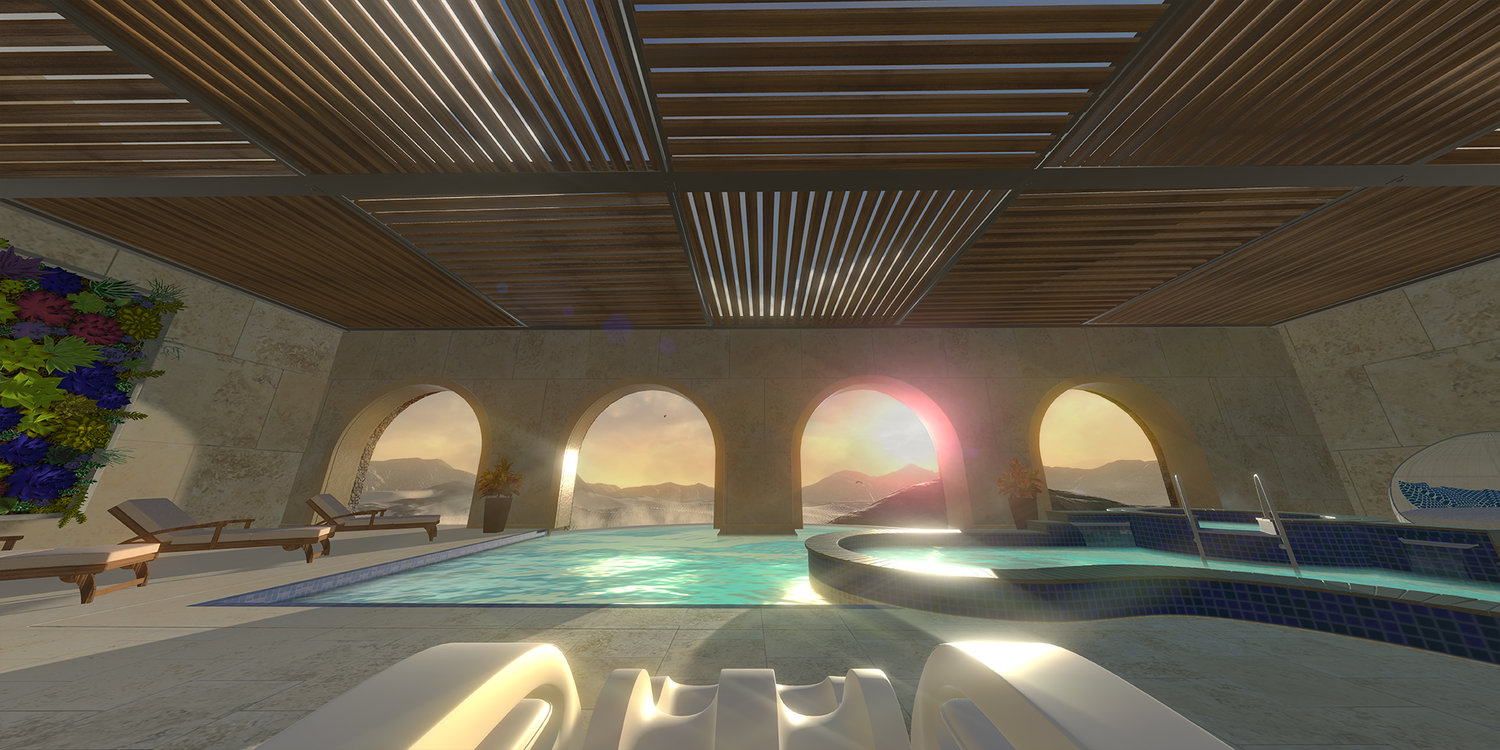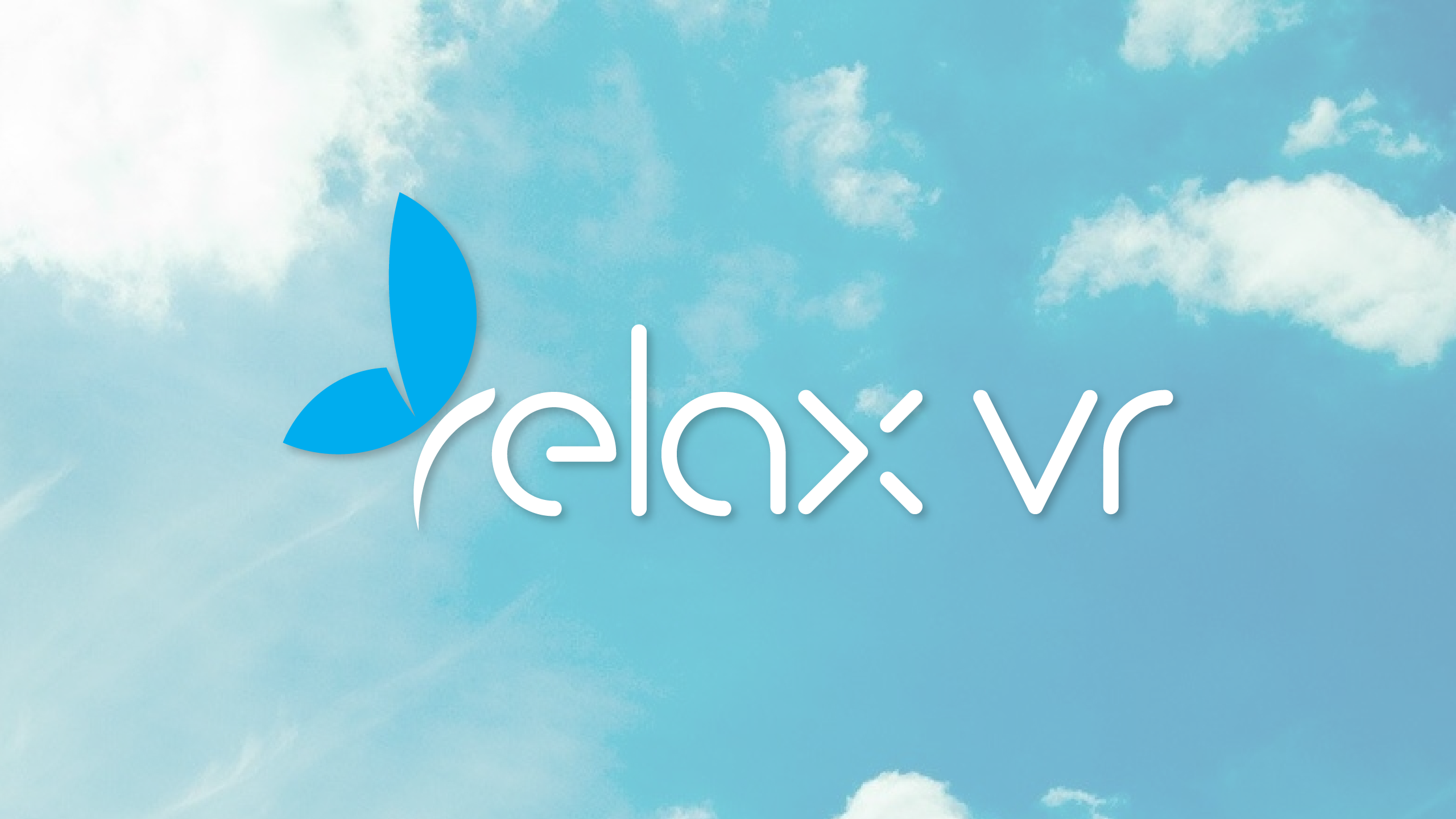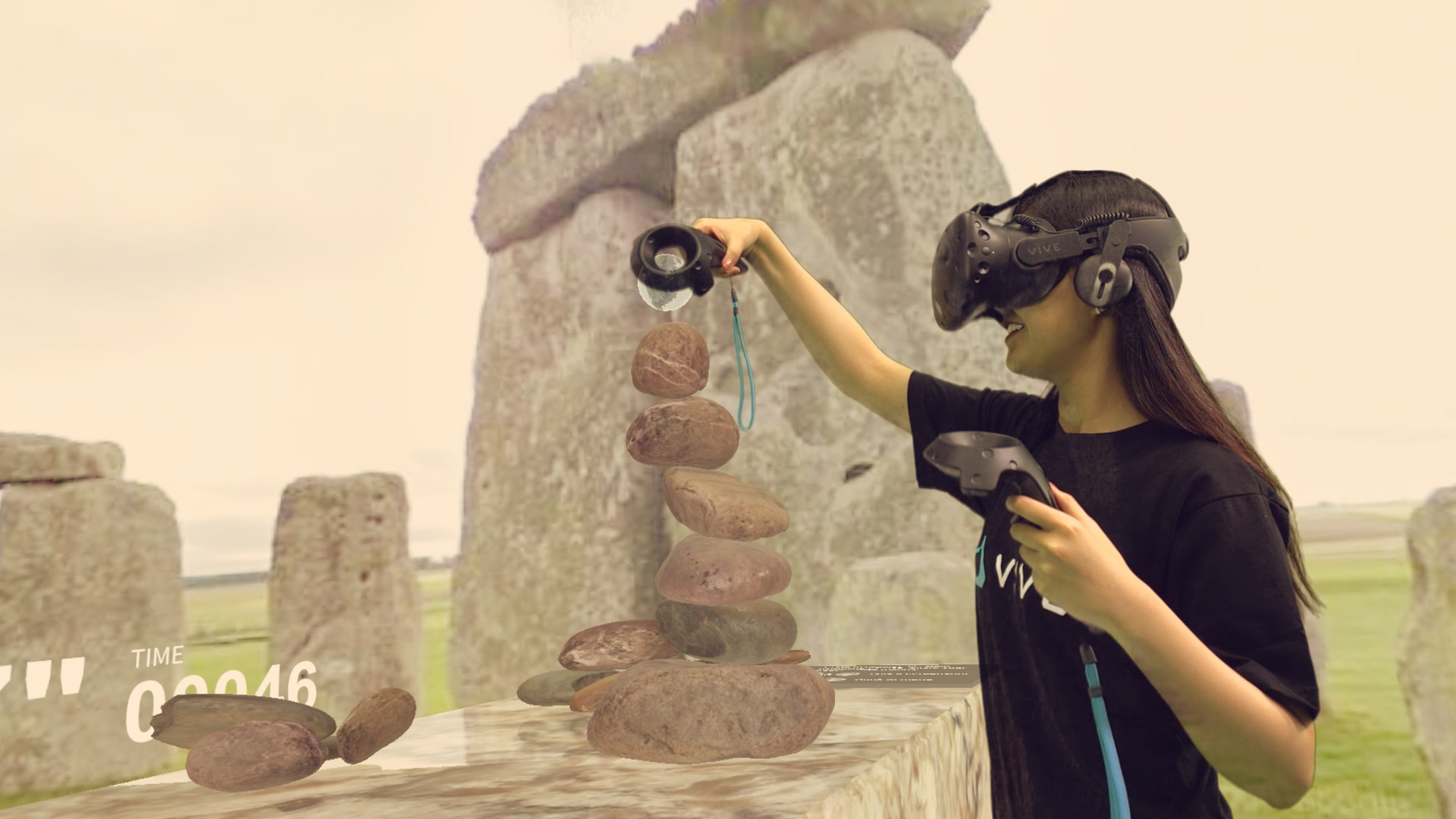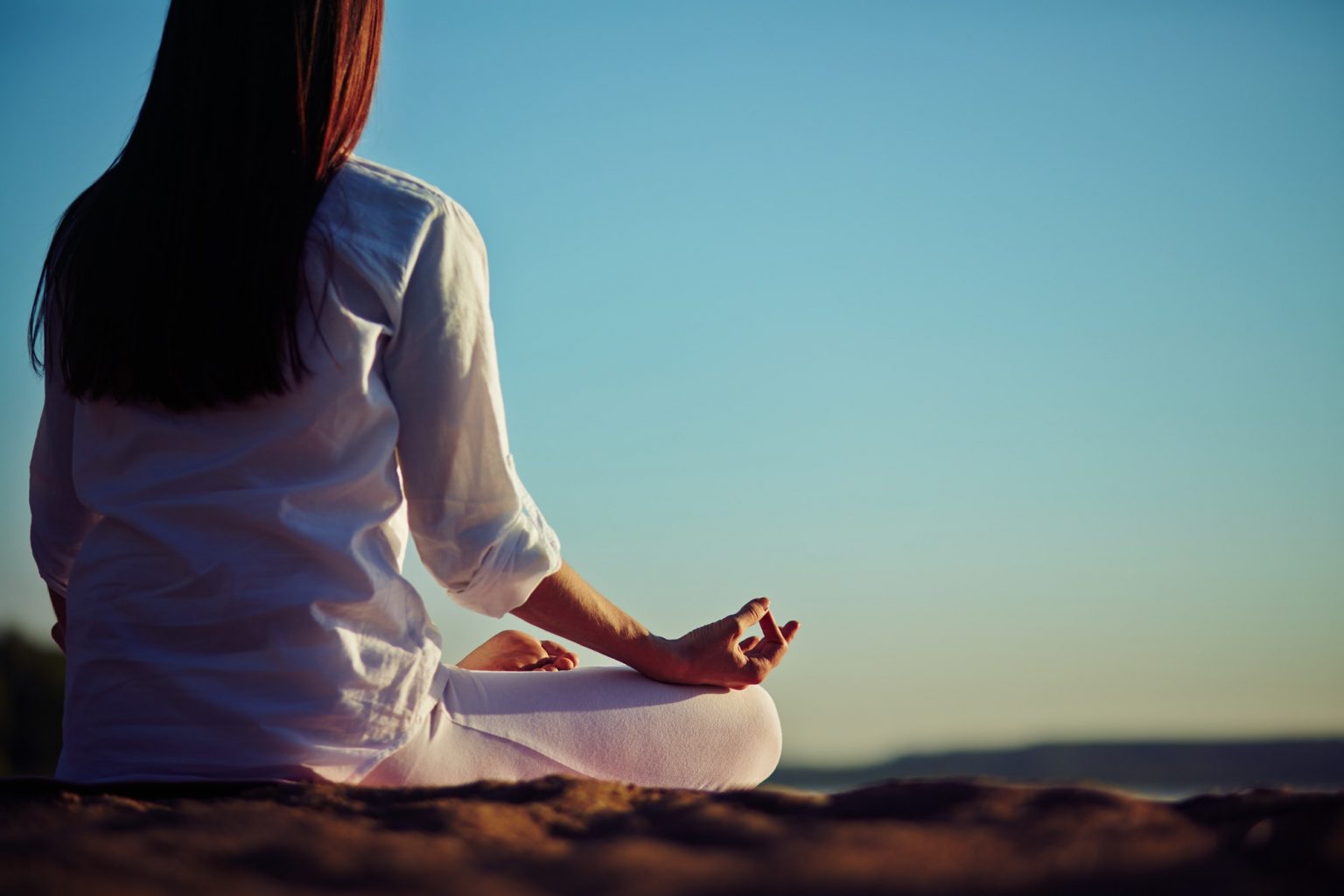Technology can be considered a disruptor to a healthy, balanced life – but new technologies like virtual reality are actually being used to enrich the spa and wellness industries and add an extra dimension to wellbeing.
Esqapes Immersive Relaxation is a virtual reality experience that replicates a day spa – without the massage tables – and transports you to another world without leaving LA. Michah Jackson, a former game producer at Disney, created the programs and spa environment so people could take a break from their daily grind by putting on a VR headset.

Through the technology, you can escape from the real world to a tropical island, and even feel the heat of the sun, all while your body is being relaxed by a high-end massage chair. In total, there are ten experiences to choose from, including a ‘heavenly garden’ and ‘snowbank cabin’ which leave you feeling like you’ve had a mini-vacation. You can book a slot via the website – 30 minutes costs you $45.
While bespoke VR experiences like Esqapes are popping up, virtual reality is also being incorporated into traditional spas. Relax VR presents clients with various options: combining VR with existing treatments e.g. get customers relaxed and present before their massage; using it as a standalone treatment on their menu, or using it as a promotion to entice new customers or reward existing customers.

The ‘wellness everywhere’ trend – airports, offices, and even hospitals are all becoming spa-like – poses new competition, so adding VR to a list of treatments can provide differentiation and competitive advantage for a spa. Spas are also looking for ways to reduce costs. Labor-intensive treatments mean that salaries consume the majority of spa revenues. If VR can offer a way of reducing this, plus add an extra feather to their bow, it’s no surprise that traditional spas are considering or already using the technology.
Furthermore, millennials – who will soon be the largest demographic frequenting spas – love new technology. Technology is so important to millennials that 53% would rather give up their sense of smell than their tech. As the first digitally native generation, millennials have unique habits and preferences from previous generations and are actually twice as likely to purchase a VR headset than their generational predecessors.
Young Americans are struggling. Research shows record rates of issues like depression, anxiety, and loneliness. There are many causes for this, but research has found that the main contributors include a divisive political and social climate, financial concerns and social media. This, in part, may explain their love for pursuits like yoga and meditation, and their holistic approach to health – mental wellbeing being considered as important as physical wellbeing.

WiseMind is a global platform for wellness activities in Virtual Reality. These activities are co-developed with therapists at top-tier academic institutions like Stanford and are used to better patient health in hospitals and clinics. The wellness activities embrace the concept of mindfulness, has been shown to effectively reduce substance abuse, anxiety, stress, and depression.
While no one can say for sure exactly what the spa of the future will look like, considering the trends we are already seeing and the preferences of millennials, it’s likely that VR will only become more common. Plus, VR is a powerful tool. Studies have shown that VR can reduce levels of anxiety and negative emotions, plus promote a positive mood.
We’re far from the vacation memory implants Arnold Schwarzenegger experienced in Total Recall, but VR can certainly offer a break from the hustle and bustle of daily life, without the inconvenience of travel. You can’t take a vacation every week, but VR can offer an oasis to escape to every day.
This post was written by Sol Rogers and originally appeared on Forbes.com




